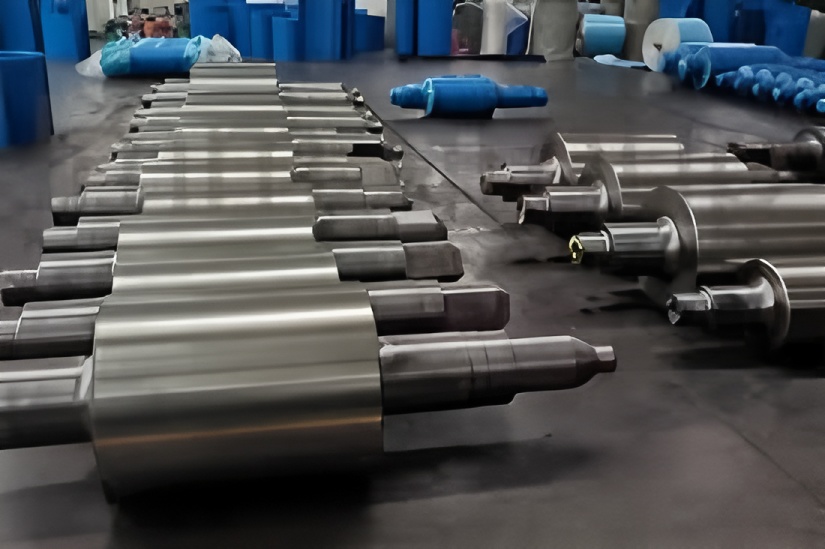High-speed steel hot rolling rollers have excellent wear resistance, roughness retention and crack resistance, and their service life is 1.5 to 3 times that of traditional hot rolling rollers. In recent years, high-speed steel rolls have begun to replace traditional hot rolls and are being rapidly promoted and applied.
keyword: high-speed steel rolls
Driven by market competition and advances in rolling technology, the cross-sectional shape and surface quality requirements of hot-rolled plates are getting higher and higher. At the same time, rolling varieties and specifications continue to increase, rolling conditions change greatly, and rolling abnormalities such as strip deviation, tail flick, and roll breakage increase. The performance requirements for hot rolling rolls are also getting higher and higher. High-speed steel hot rolling rollers have excellent wear resistance, roughness retention and crack resistance, and their service life is 1.5 to 3 times that of traditional hot rolling rollers. In recent years, high-speed steel hot rolls have begun to replace traditional hot rolls and are being rapidly promoted and applied. High-speed steel hot rolling rolls also have shortcomings such as large thermal expansion, high friction coefficient, and easy damage. The requirements for use conditions are relatively high. The shedding of the oxide film on the roll surface and the change of the roll shape affect the surface and cross-section quality of the strip. Therefore, it is necessary to carry out technical research on the use of high-speed steel hot rolling rolls.
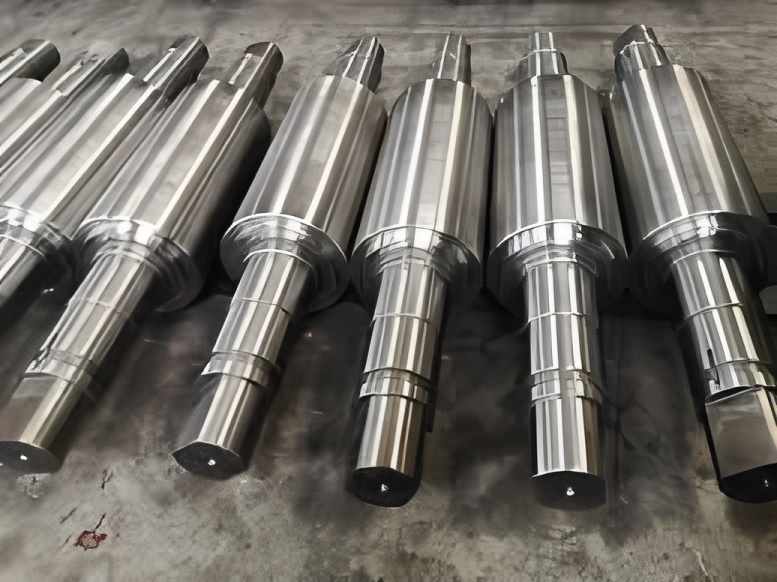
Hot rolling work roll material
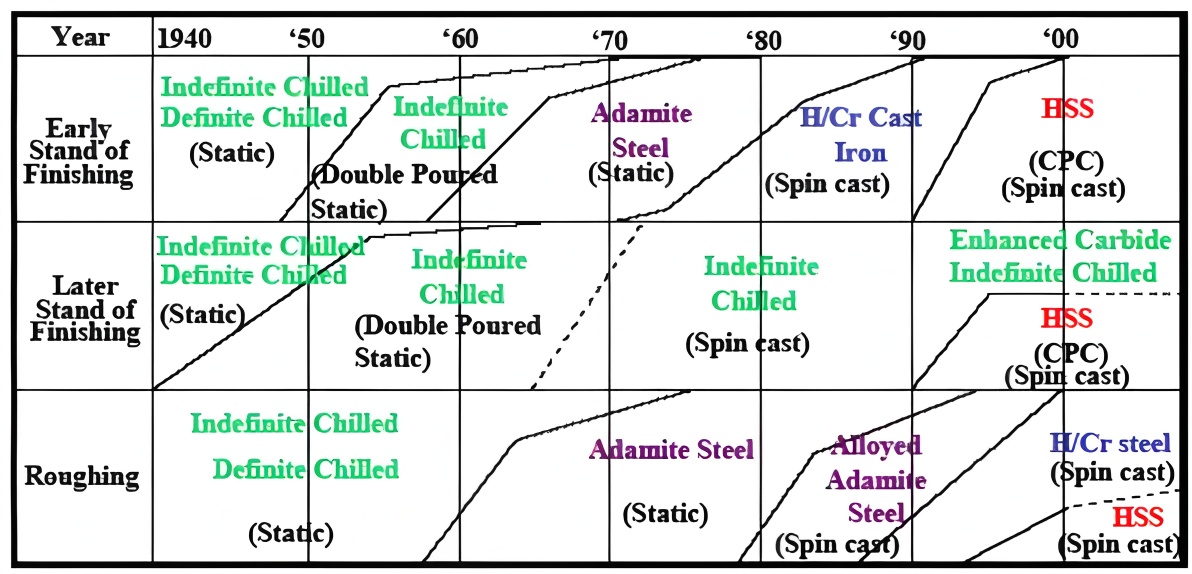
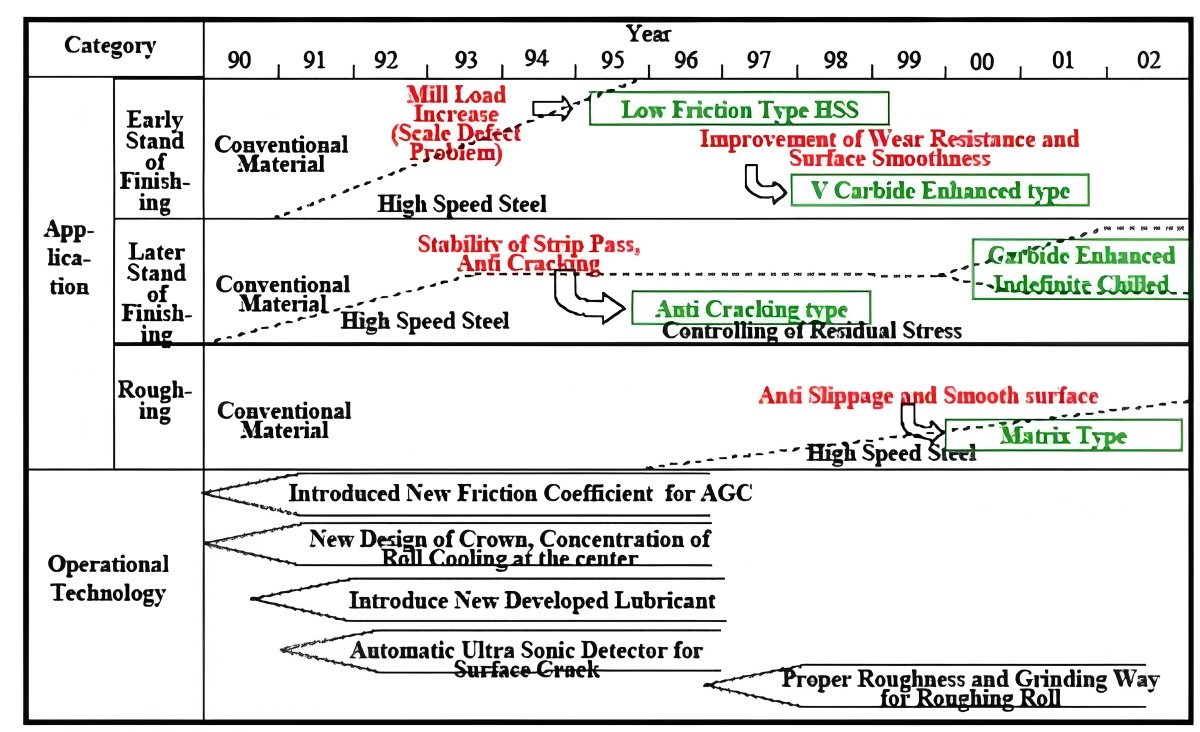
Hot rolling rough rolling work roll material
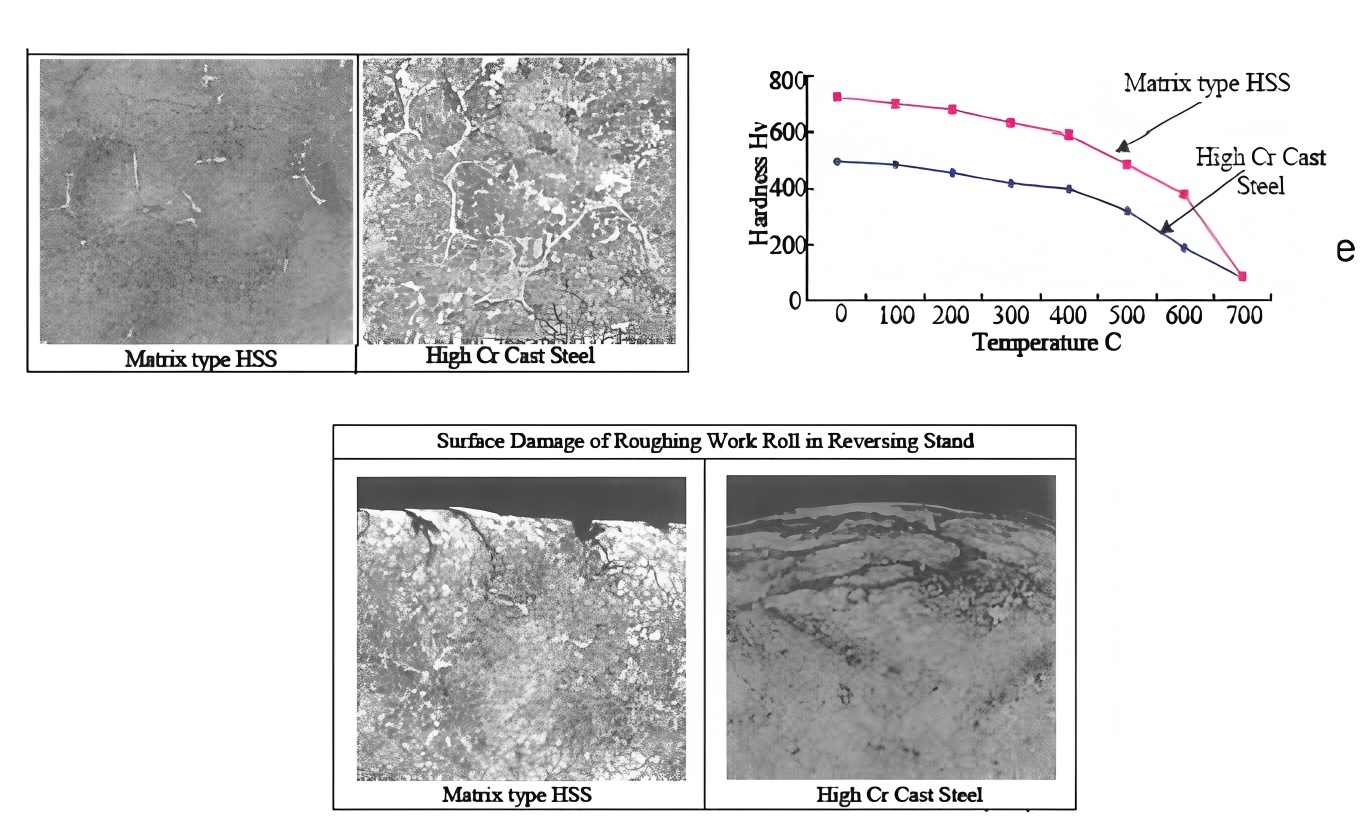
Hot rolling finish rolling work roll material
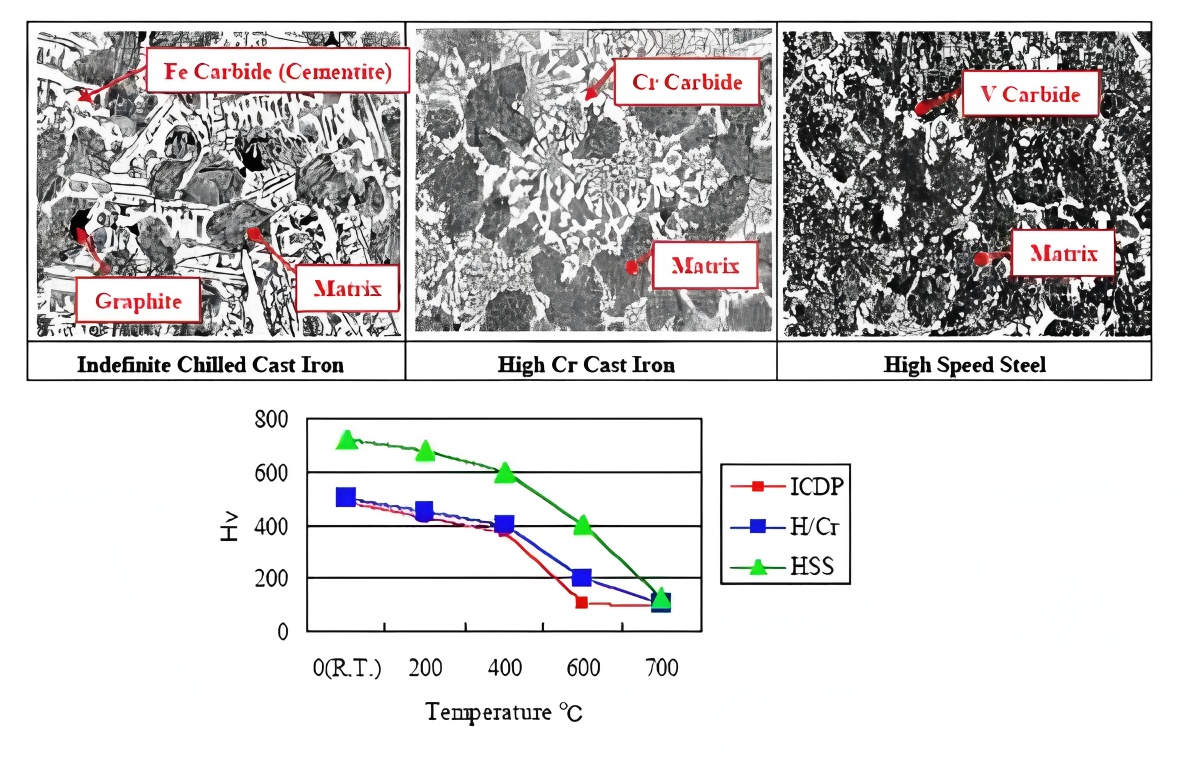
High speed steel hot roll manufacturing process
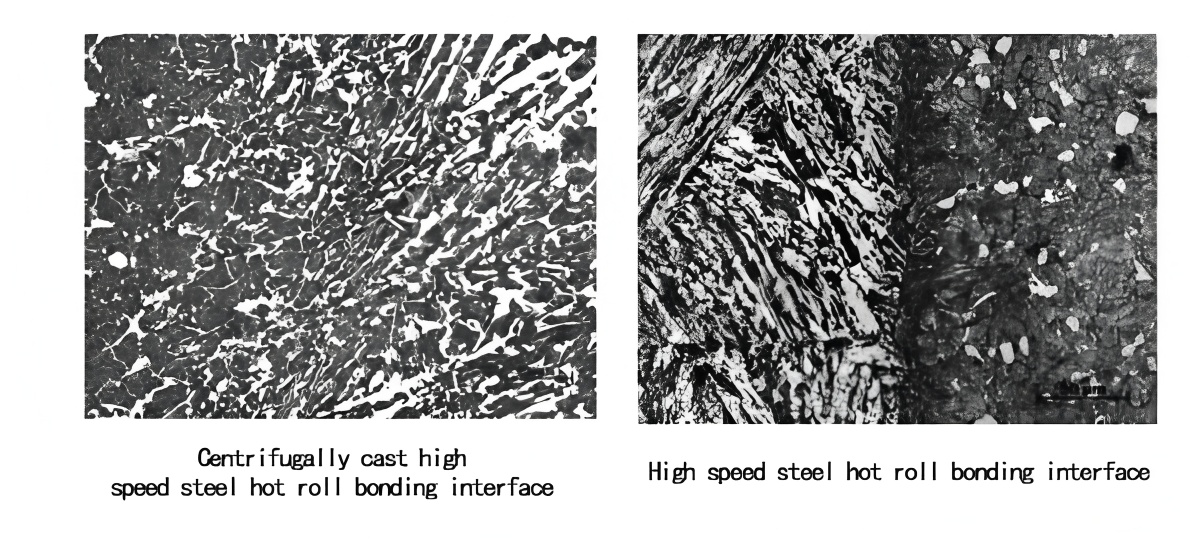
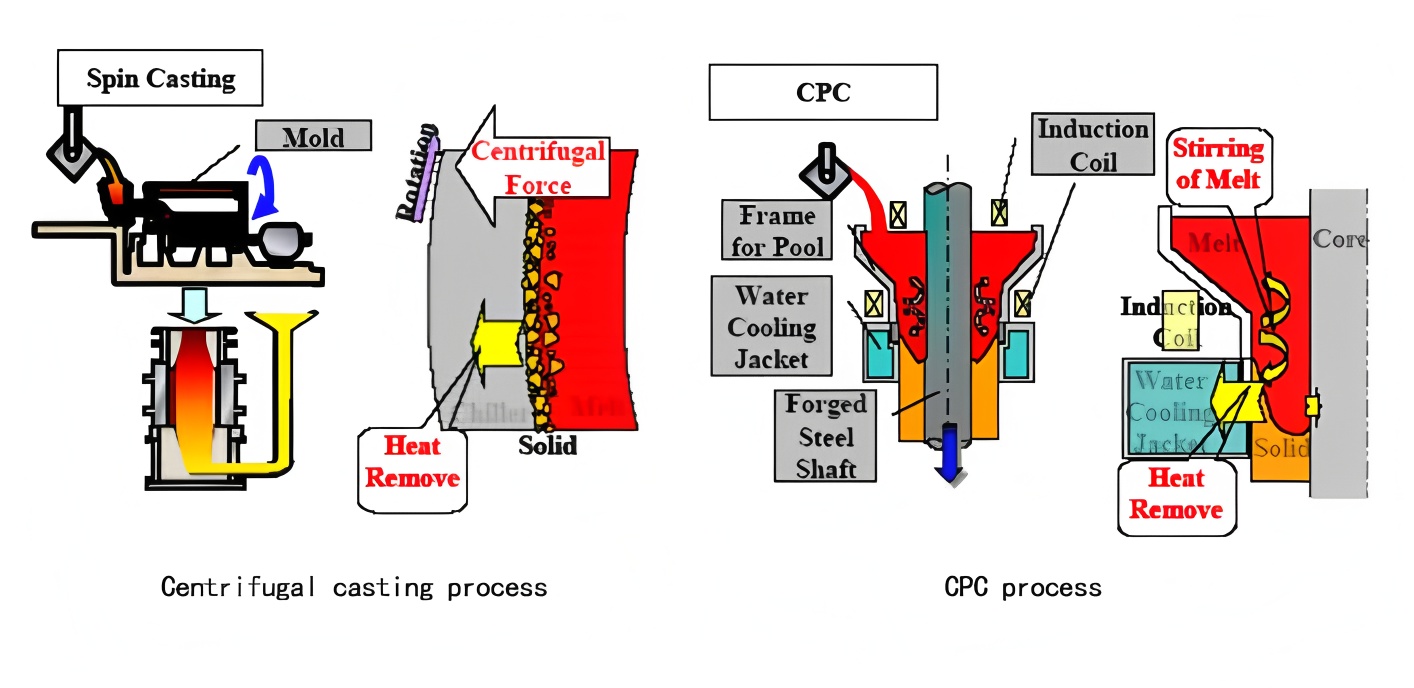
High speed steel hot rolls material type
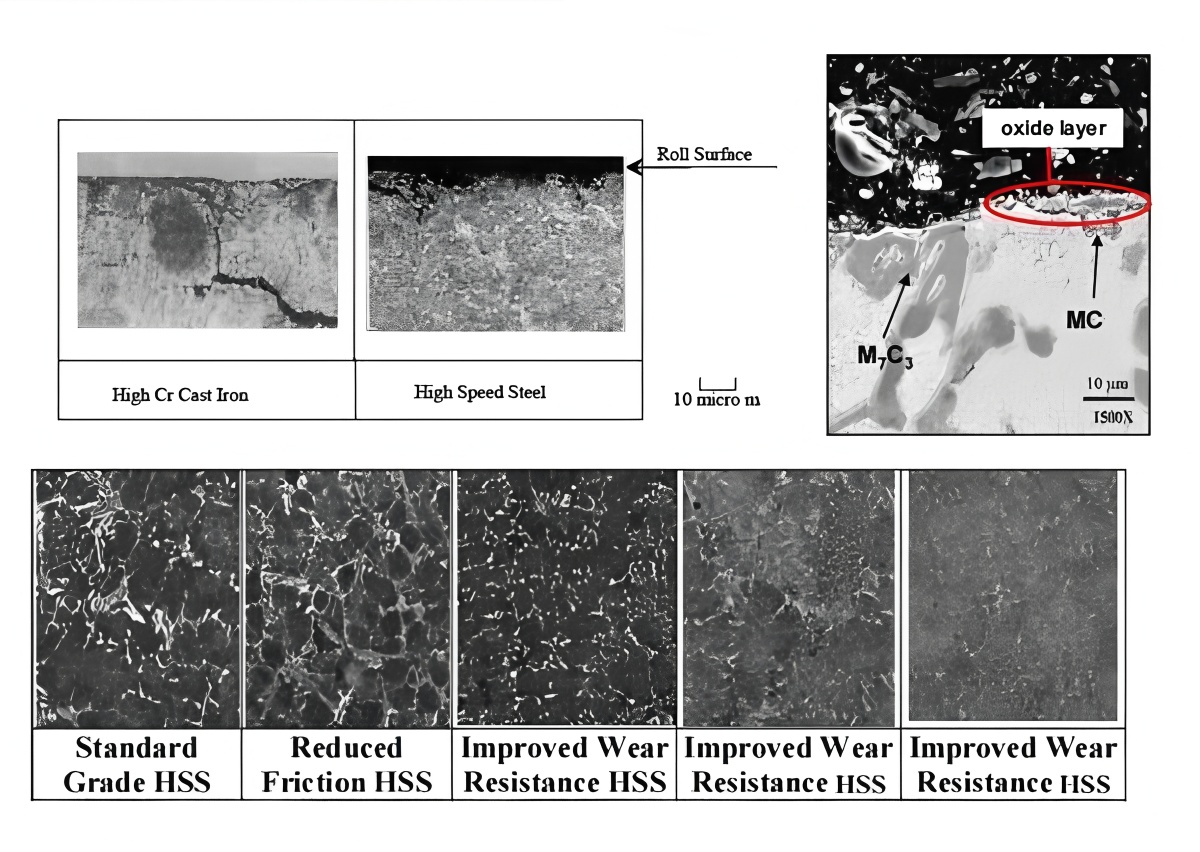
Performance comparison of high speed steel hot rolling rolls
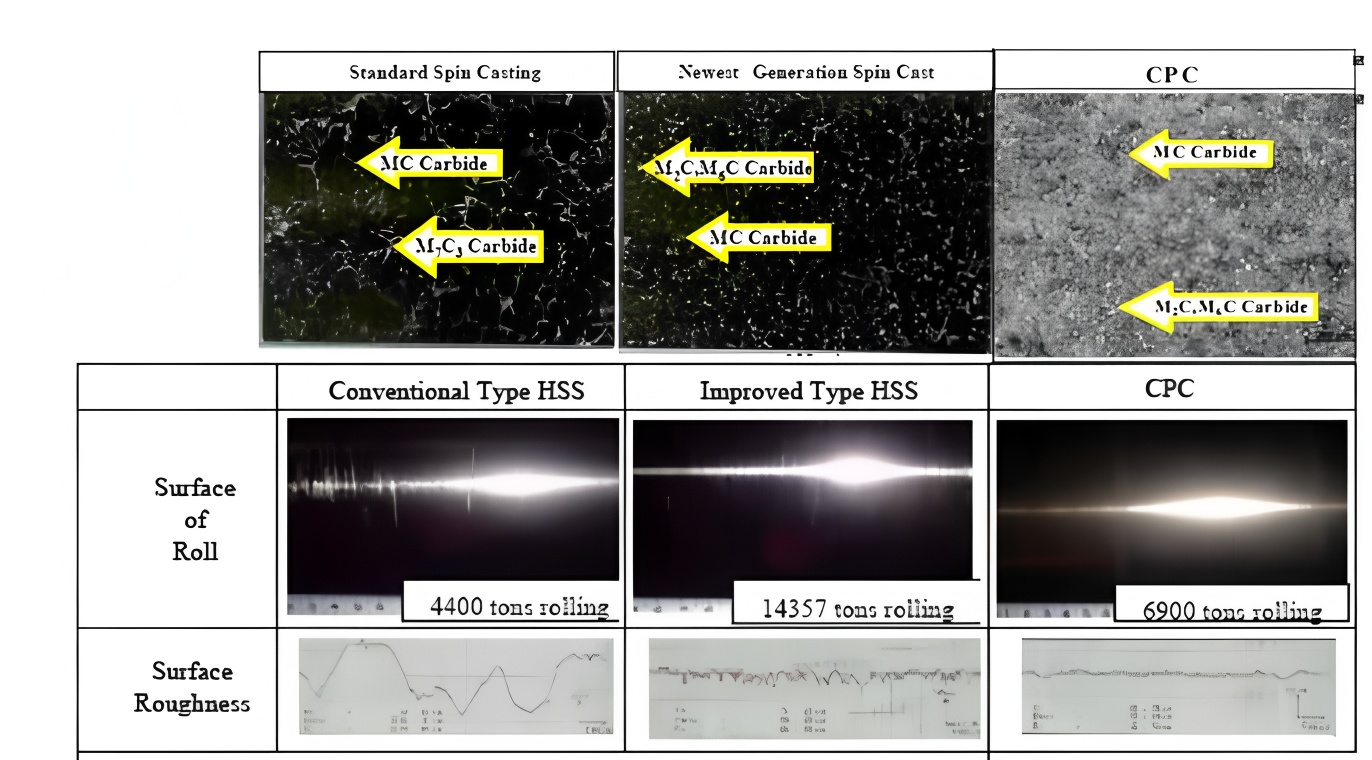
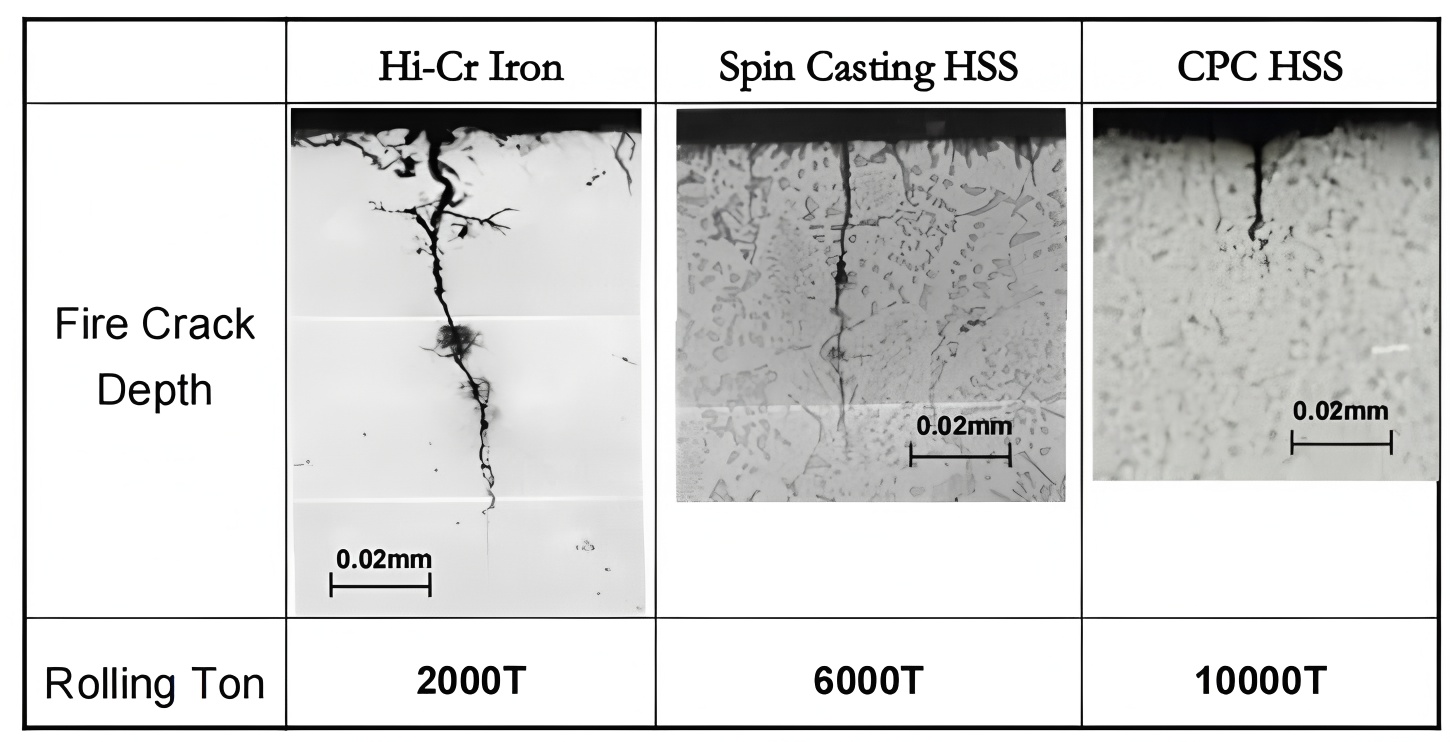
Abnormal oxidation film of high-speed steel hot rolling roll
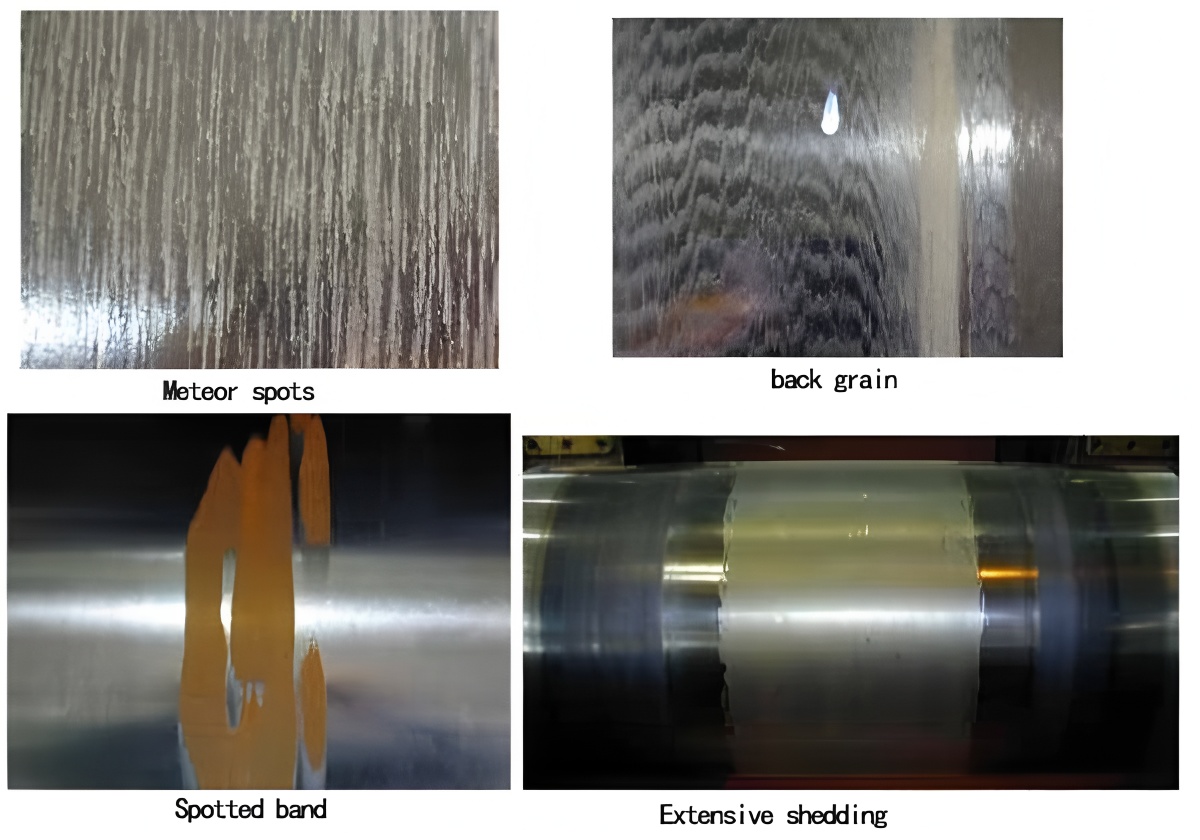
Roll cooling technology
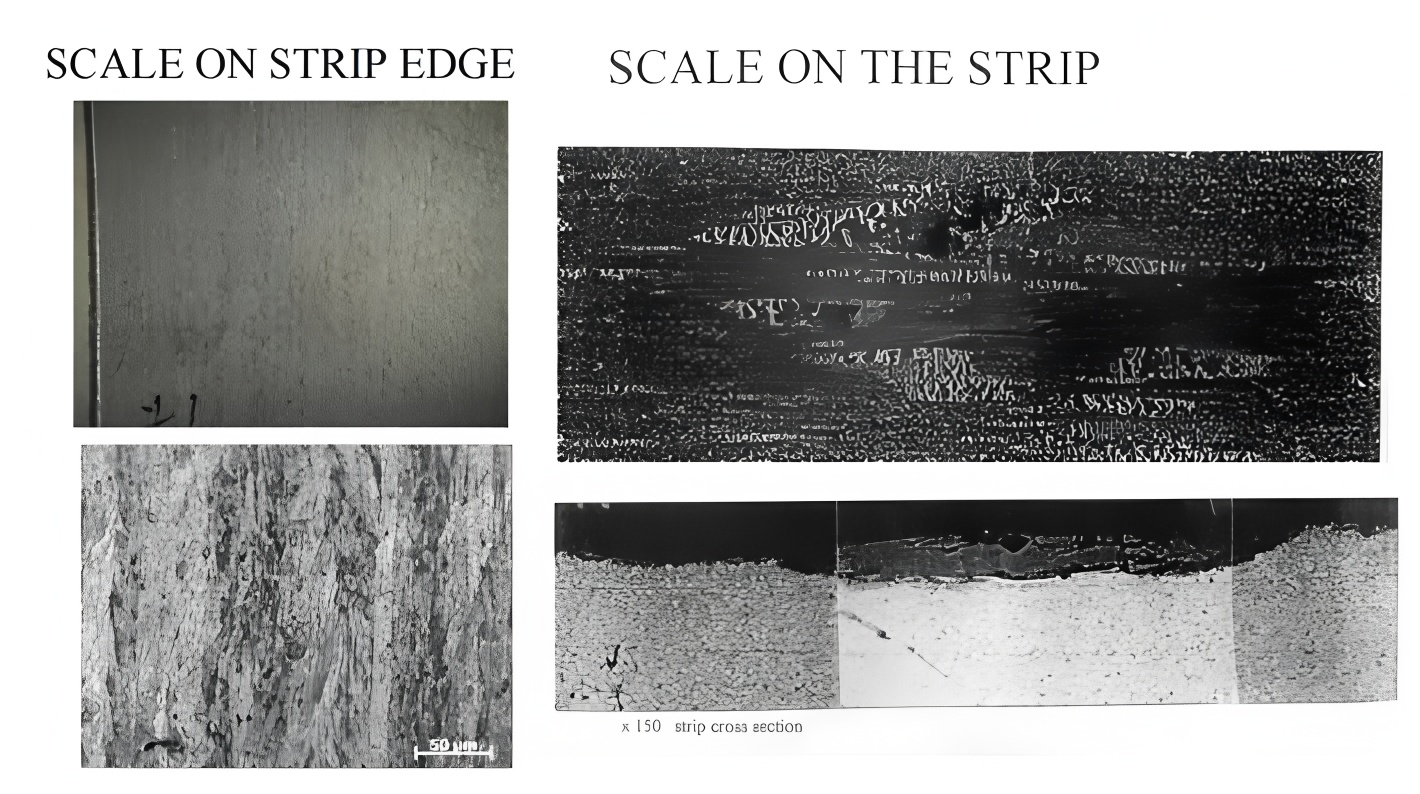
High speed steel roll surface cracks
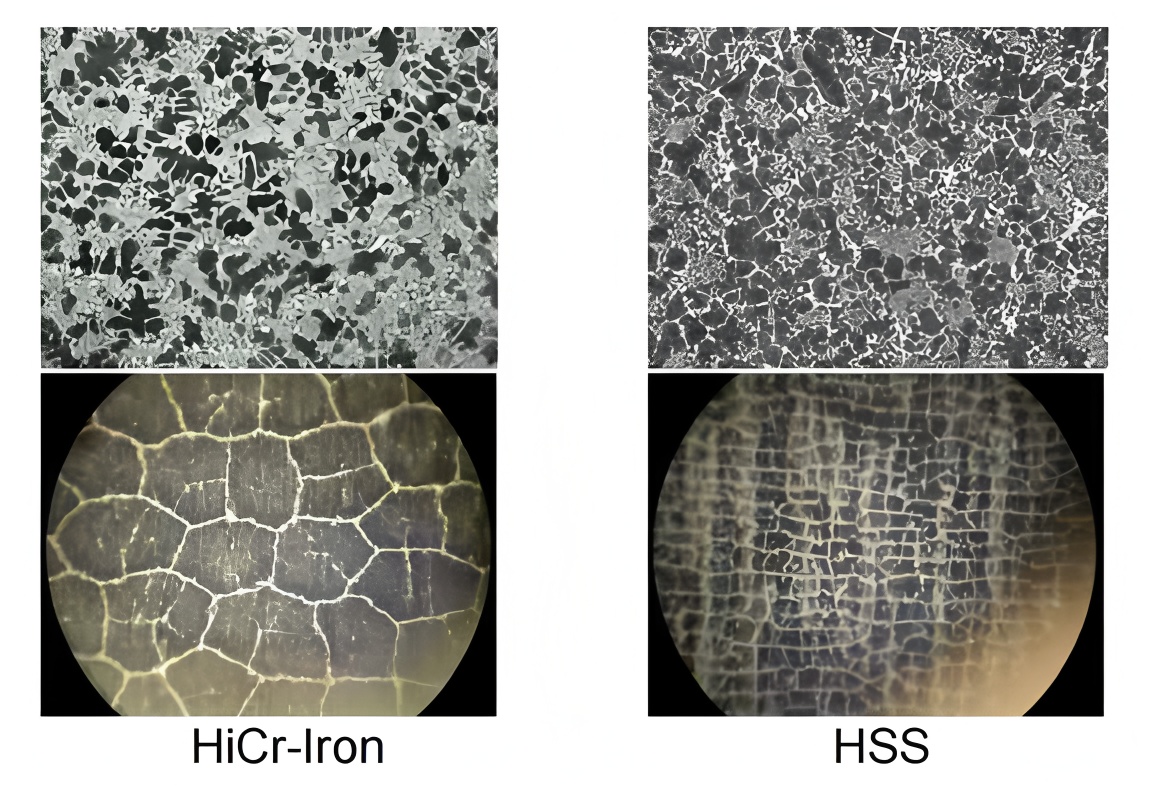
High speed steel roll surface cracks
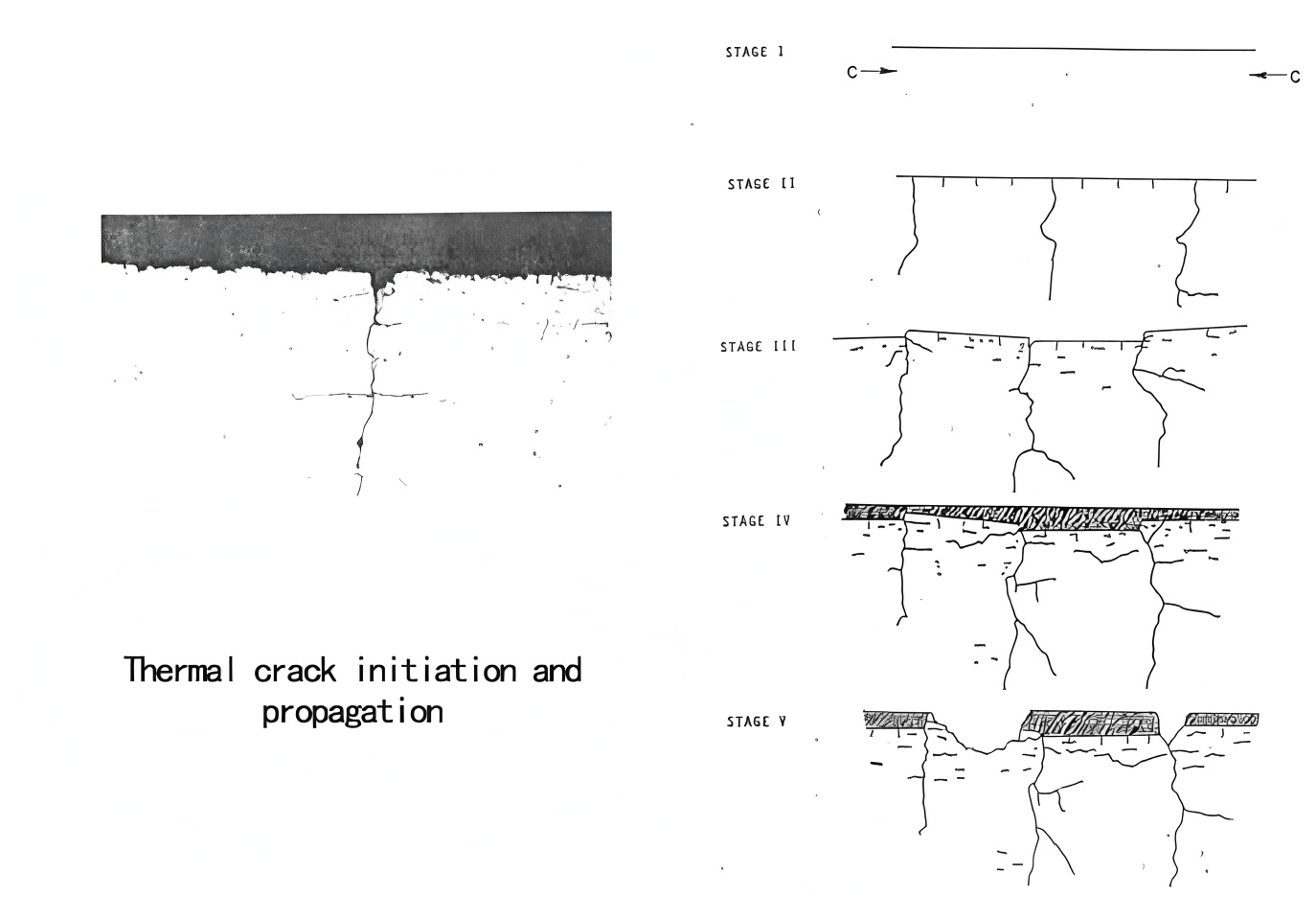
Thermal expansion of high speed steel rolls
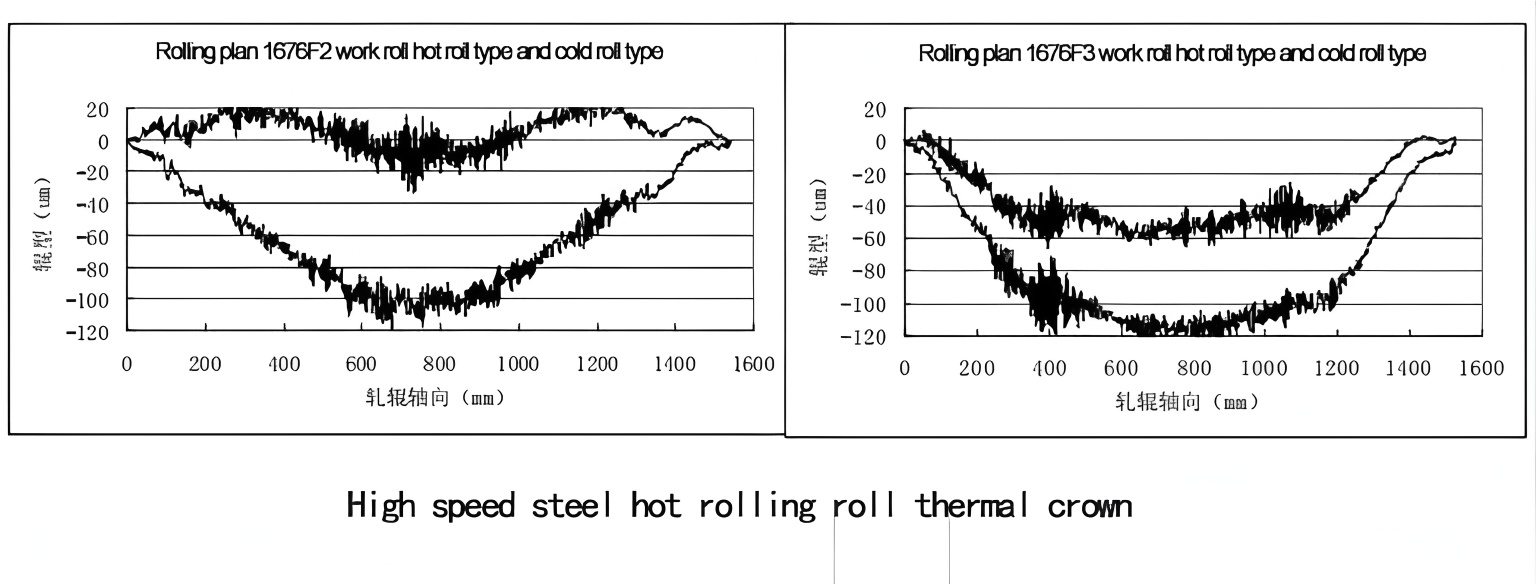
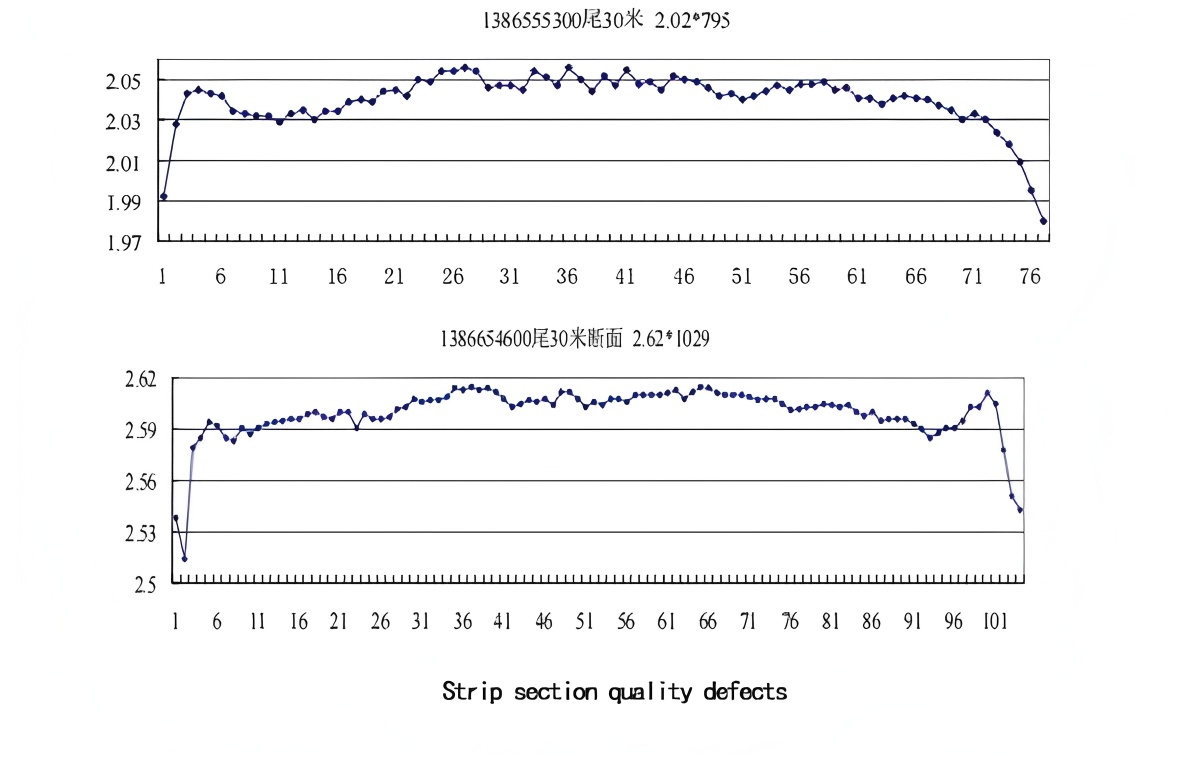
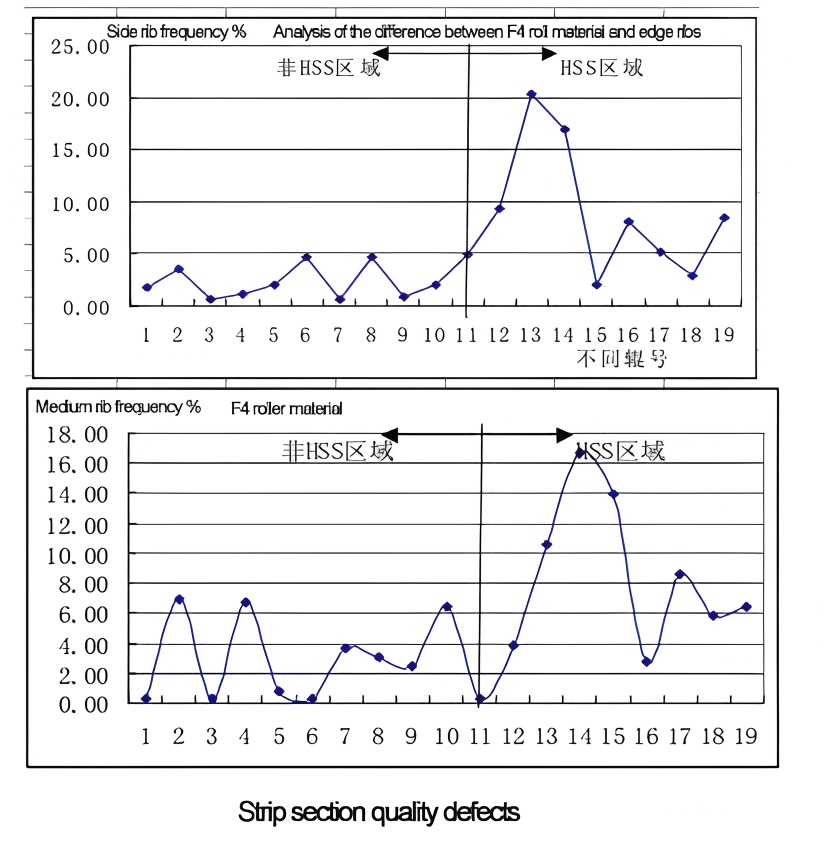
High-speed steel work roll oxide film control technology
The oxide film of high-speed steel work rolls can be divided into 6 levels, which can also be simplified to 3 levels.
| level | surface condition |
| A | The roller surface is smooth and shiny, the oxide film is fine and complete; the edges of the rolling surface are smooth. |
| A- | The roll surface is smooth and even, the oxide film peels off slightly in the shape of orange peel; the edges of the rolling surface are smooth and clean. |
| B | The roll surface is smooth, and the oxide film has small meteor-shaped slight peeling; there are streak marks on the edges of the rolling surface, but it feels smooth. |
| B- | The roll surface is smooth, and the oxide film is peeled off like a fishbone; there are stripes on the edges of the rolling surface, but there are no rough stripes to the touch. |
| C | The roll surface is rough, the oxide film is cracked, and there are even scratches on the roll body; there are rough stripes with obvious feel on the edge of the rolling surface. |
| C- | The roll surface is rough, and large areas of the oxide film fall off (separation, spots); there are striped rough bands on the edges of the rolling surface. |
Oxide film control technology
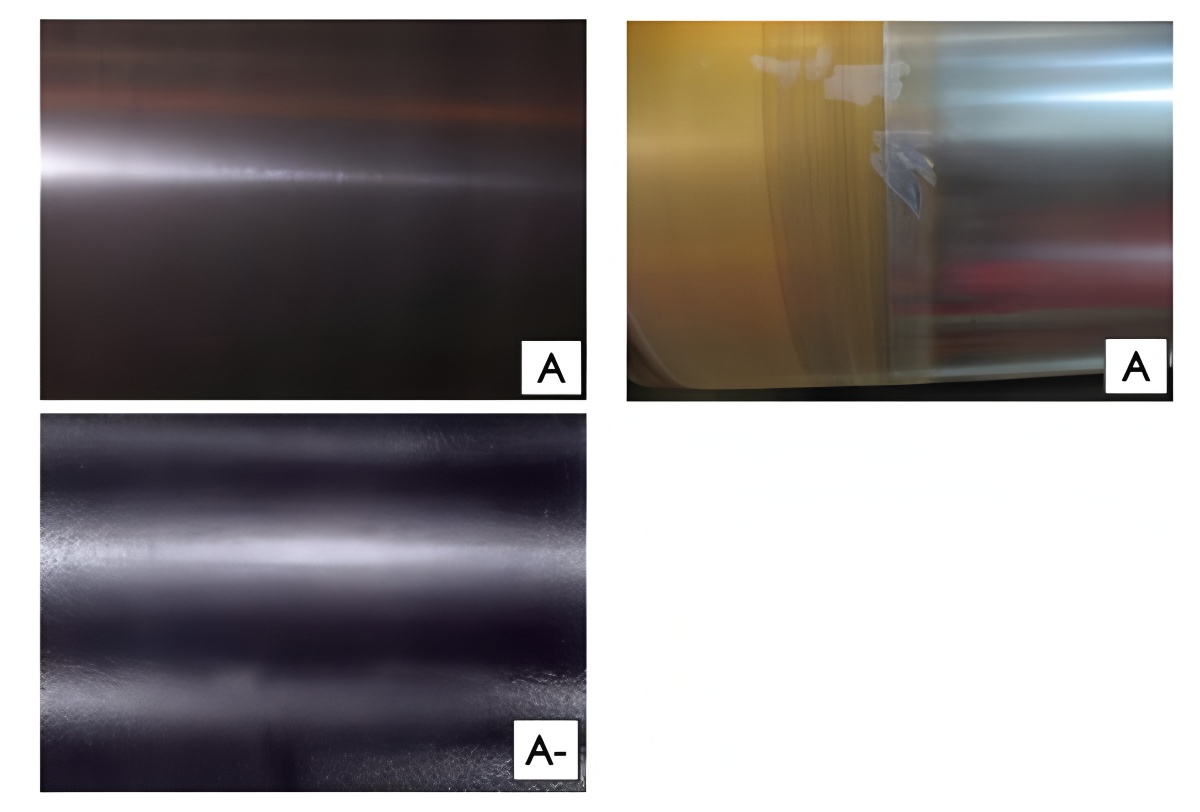
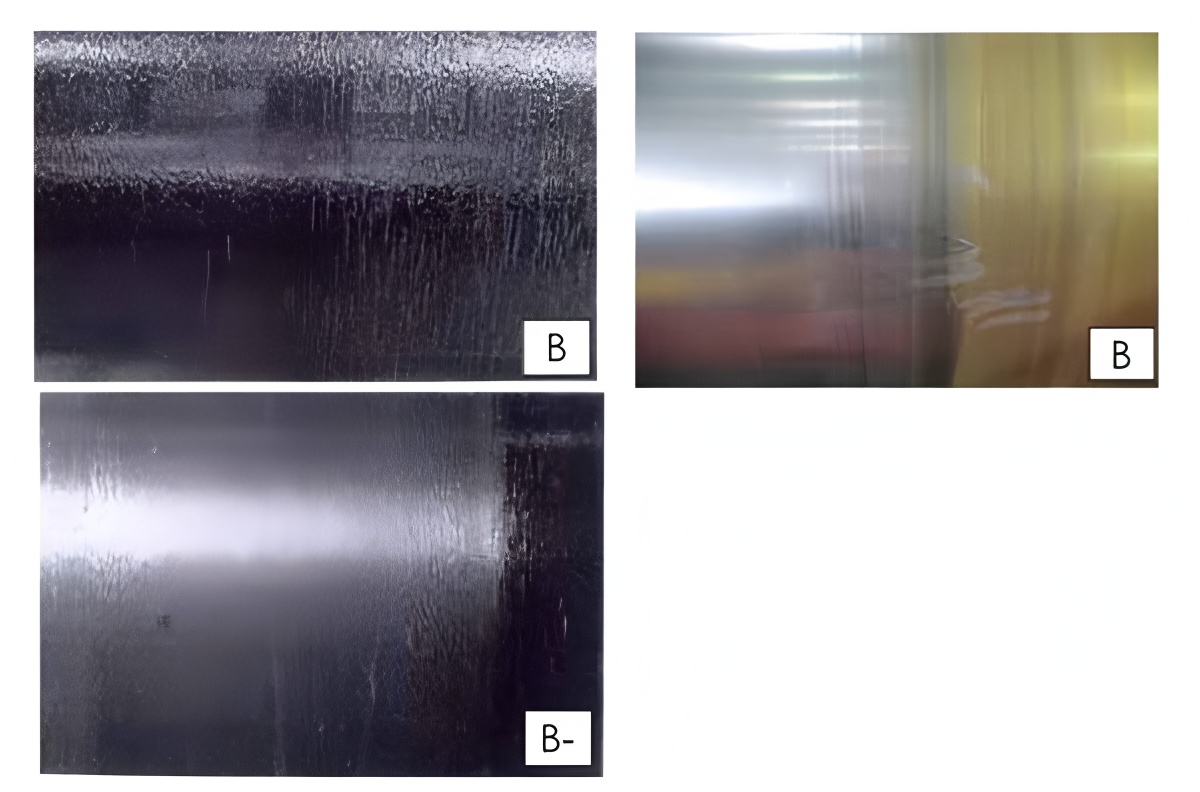
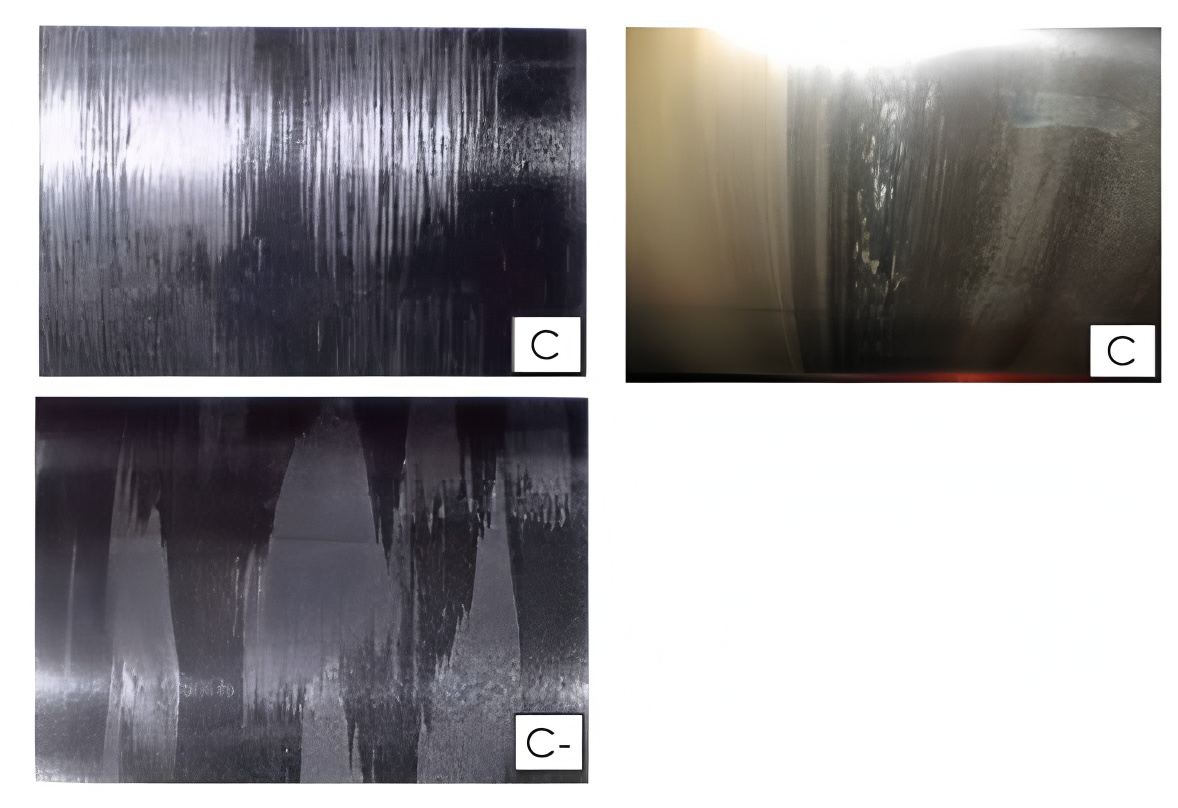
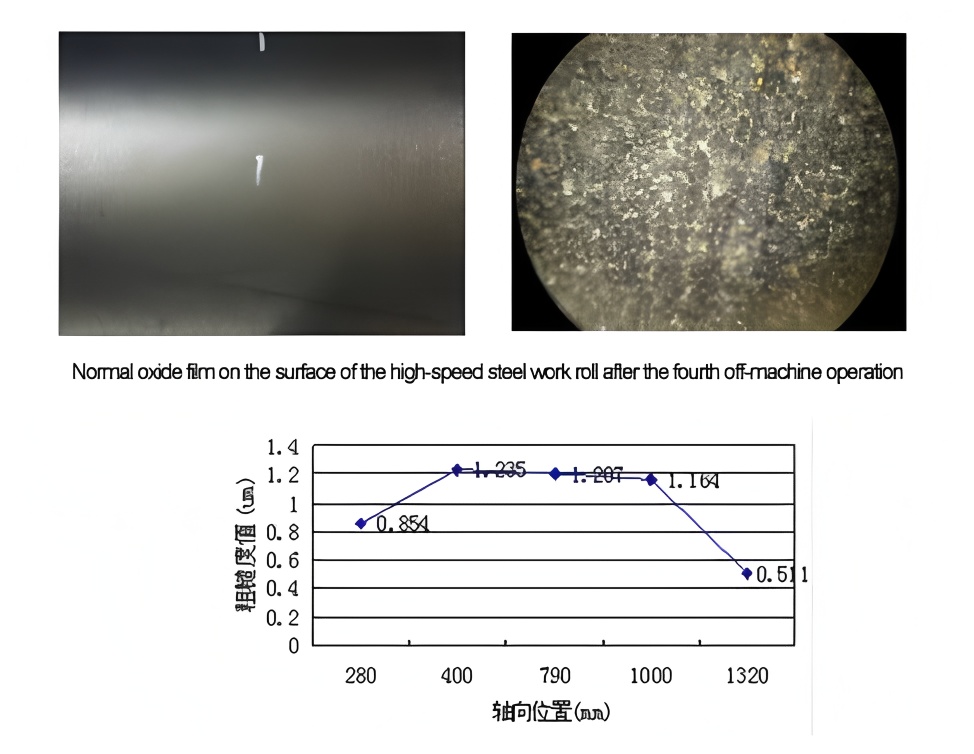
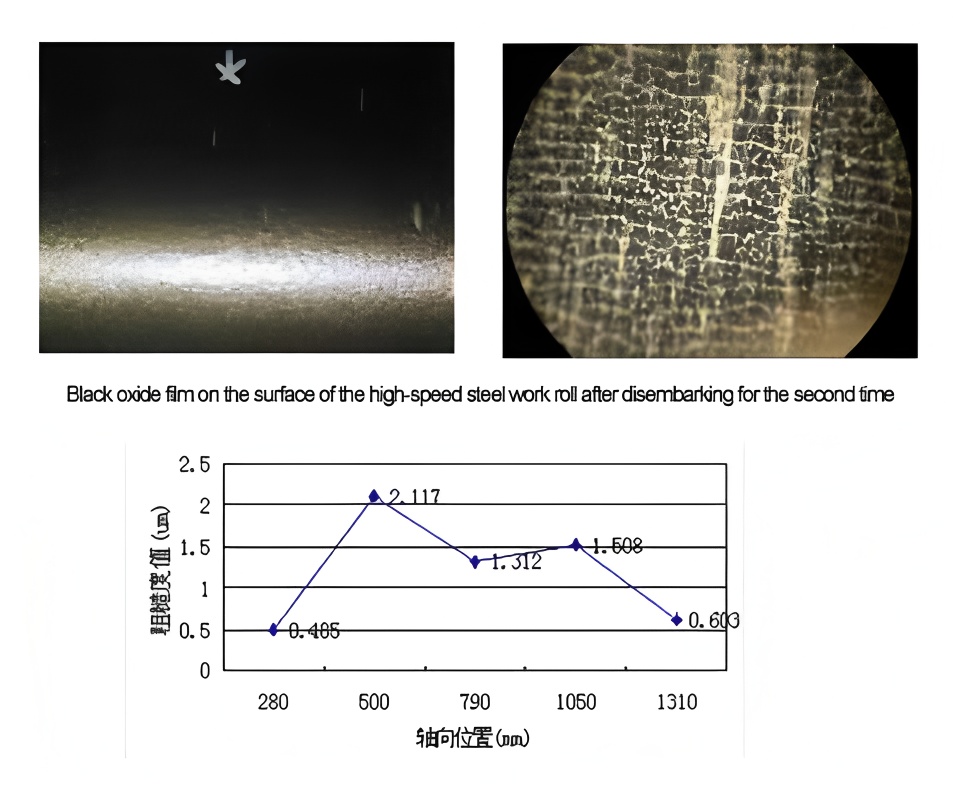
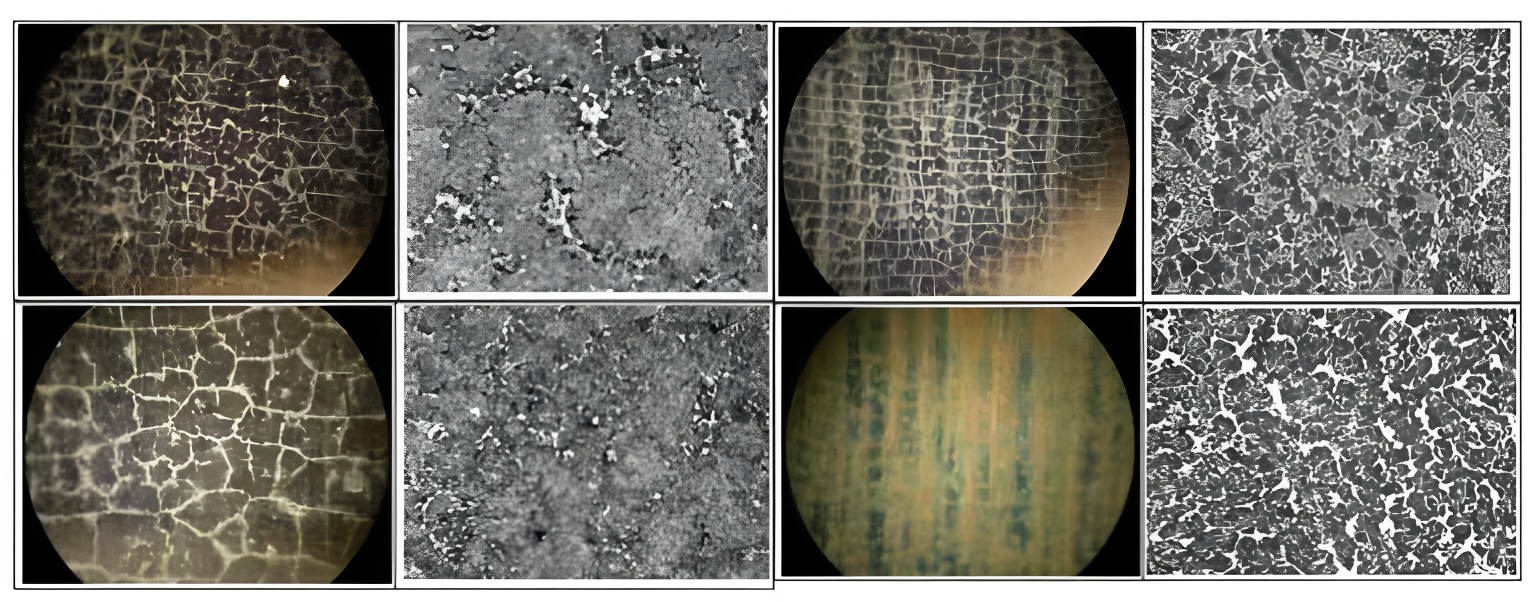
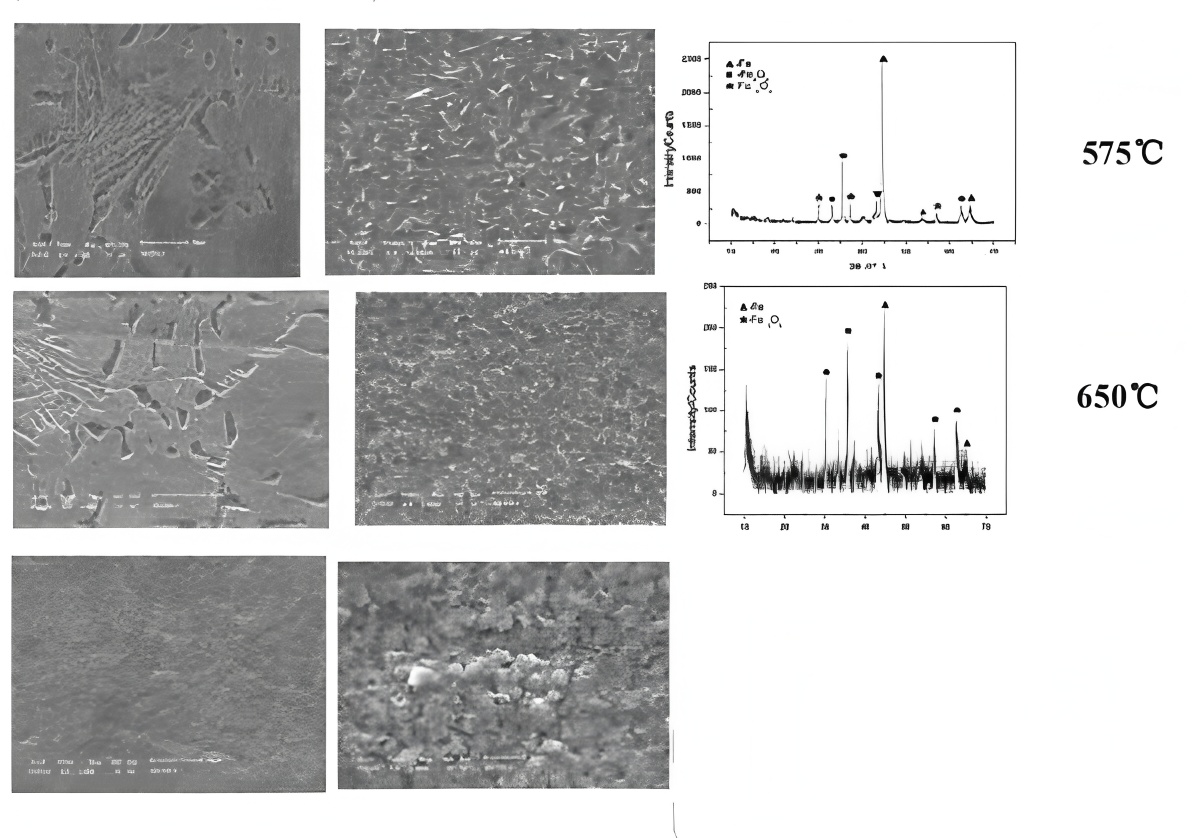
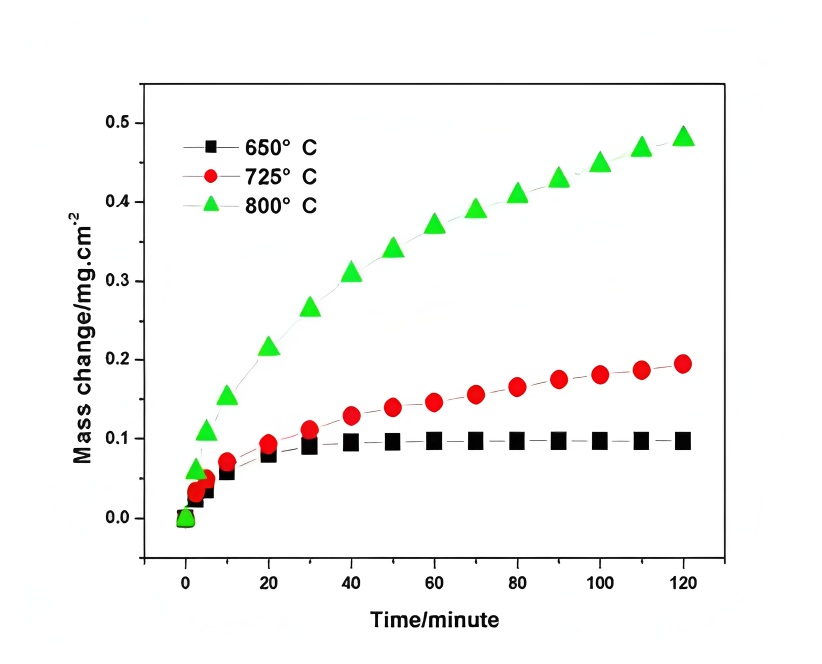
Roll cooling technology
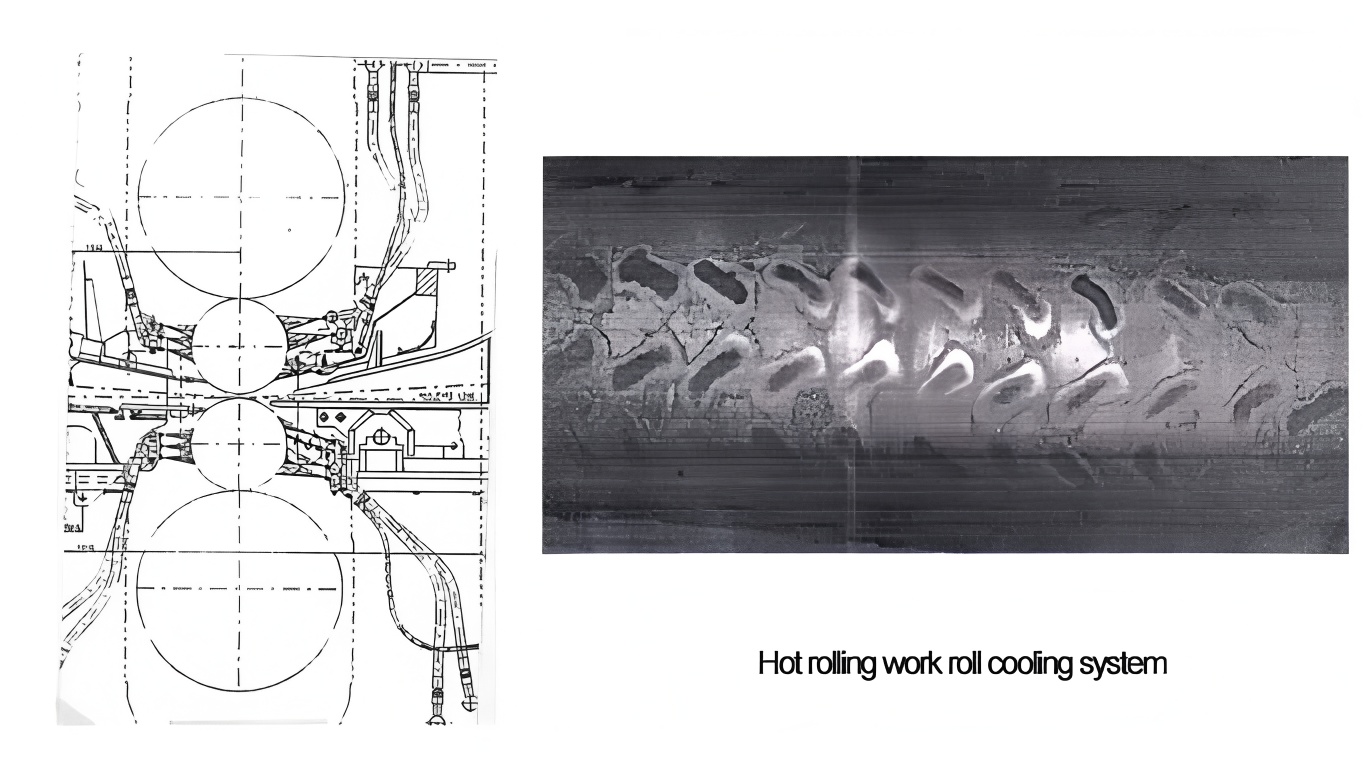
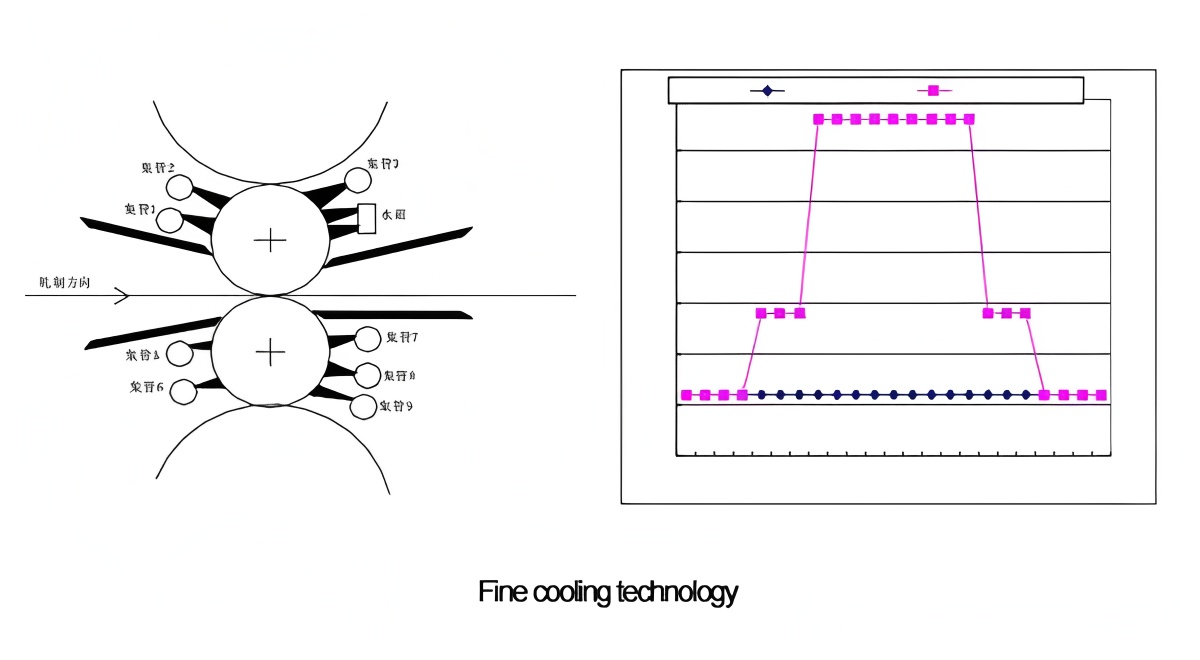
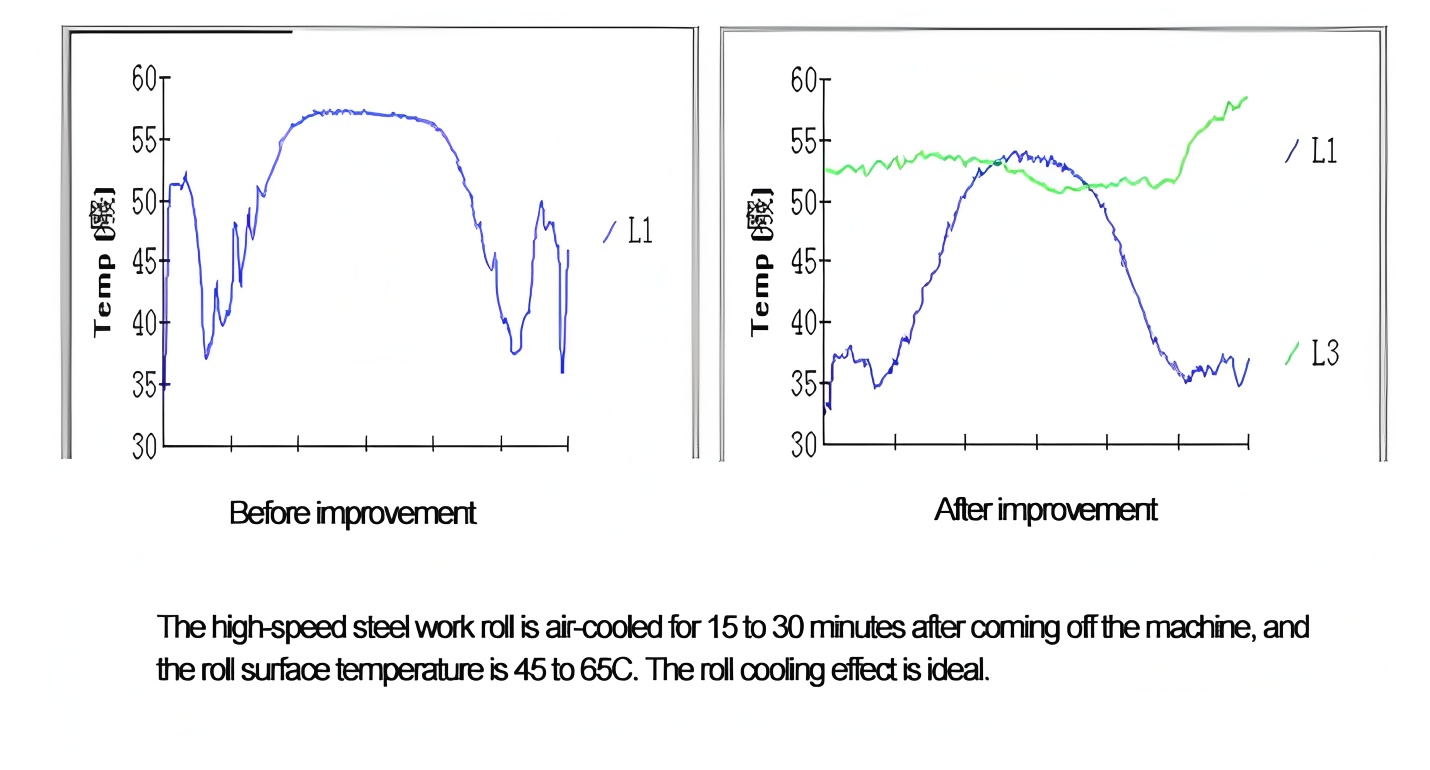
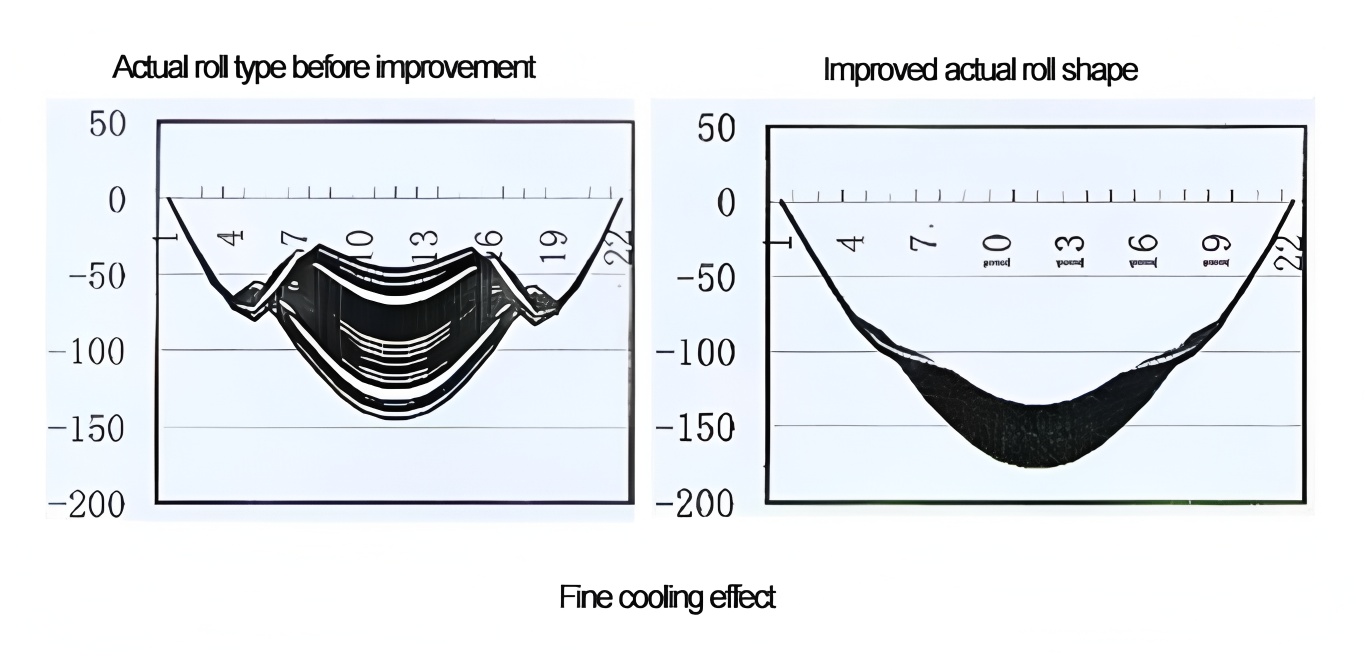
Rolling lubrication technology
Rolling lubrication can reduce strip surface and plate shape defects, reduce rolling force, and increase roll service life, thereby achieving the purpose of reducing production costs and consumption.
The key elements of hot rolling free rolling technology include: high-speed steel roll technology, roll cooling technology, rolling lubrication technology, online roll grinding or CVC roll shifting technology.

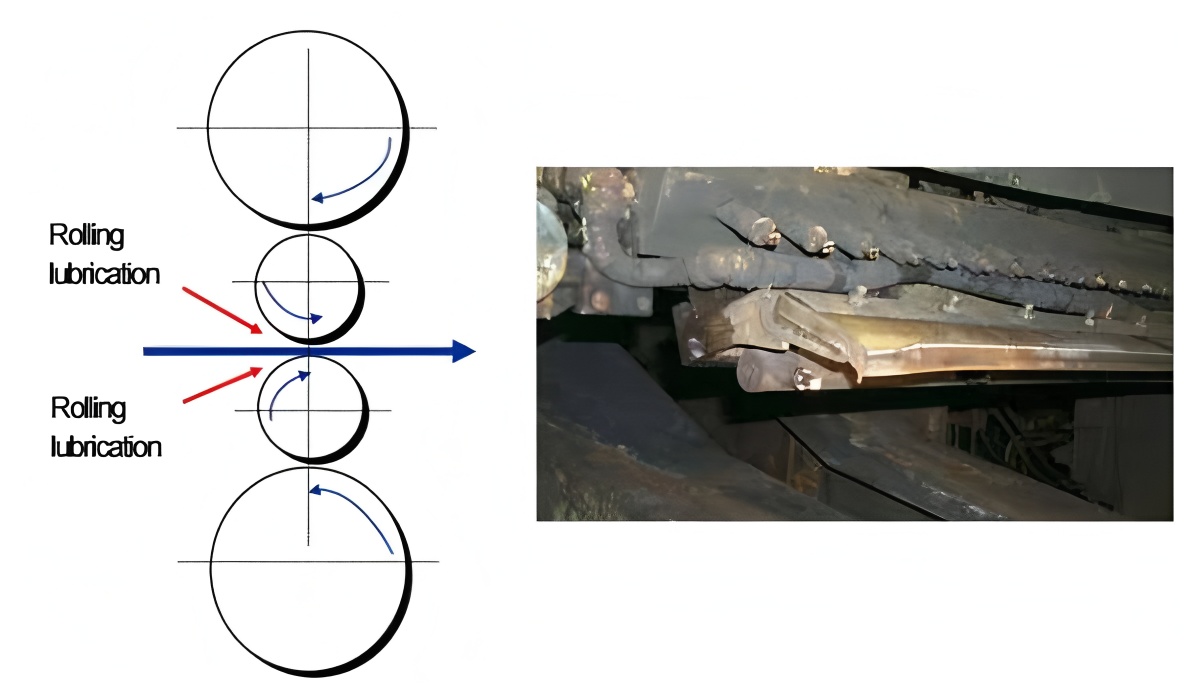
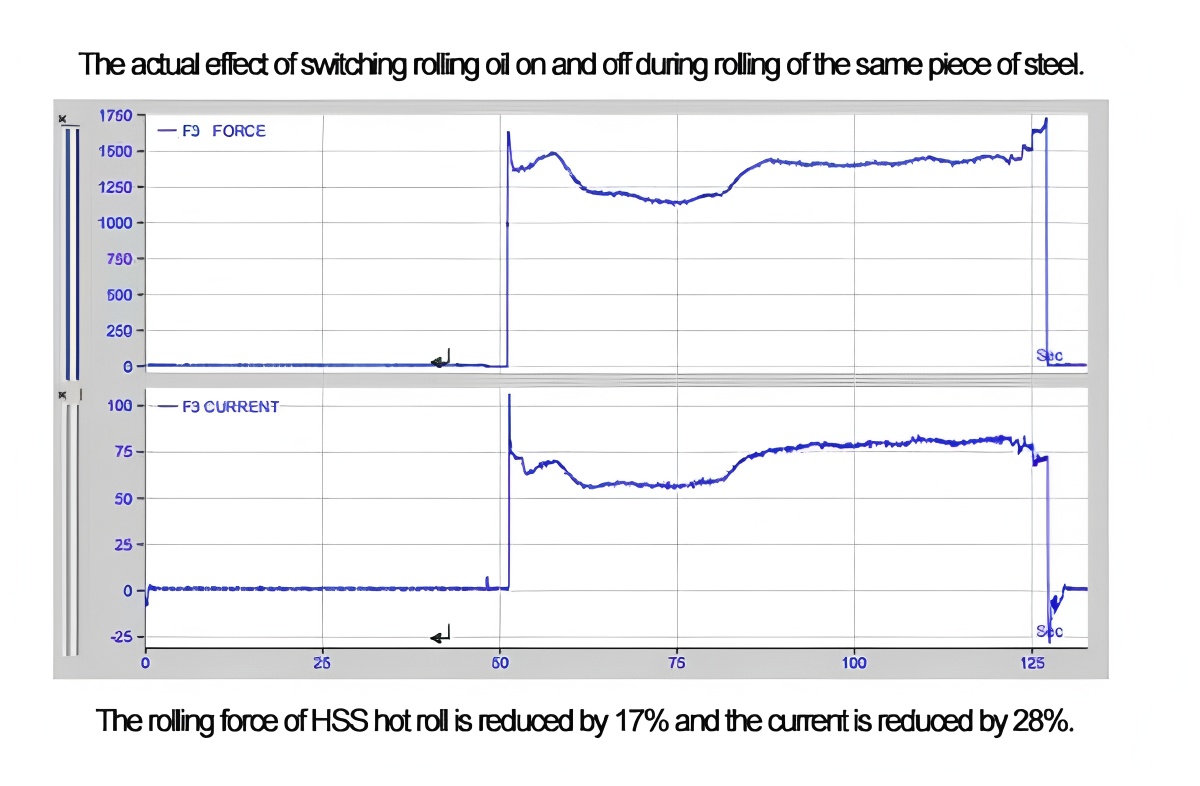
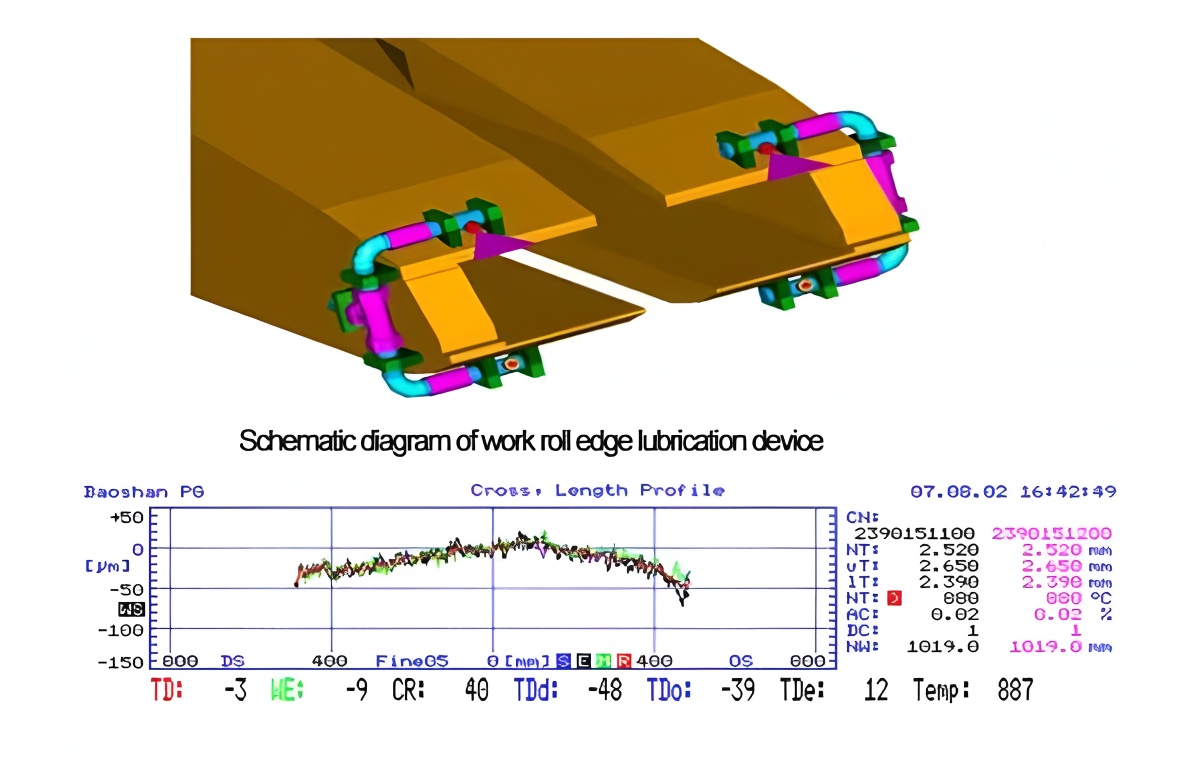
Roller shape optimization technology
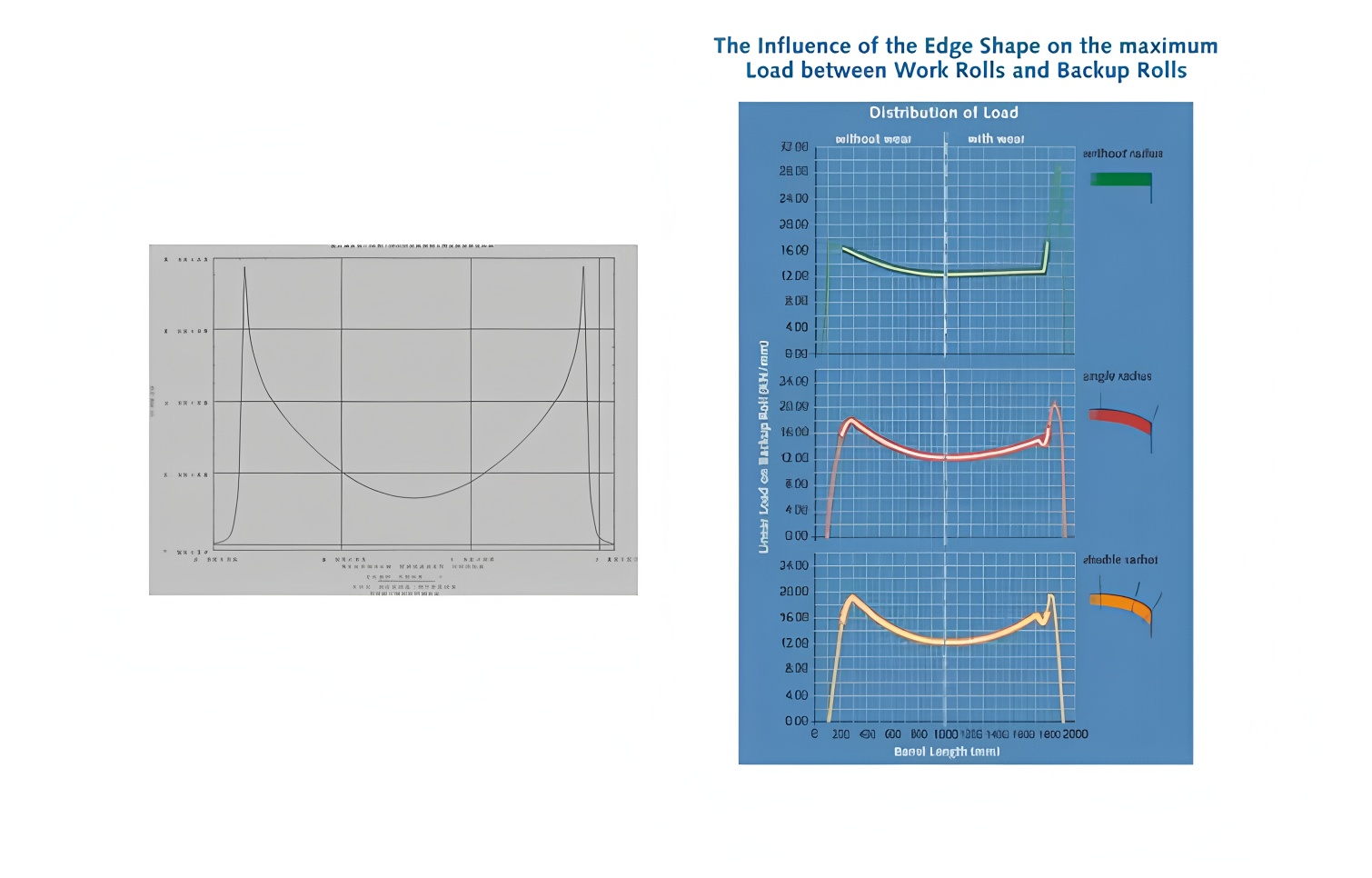
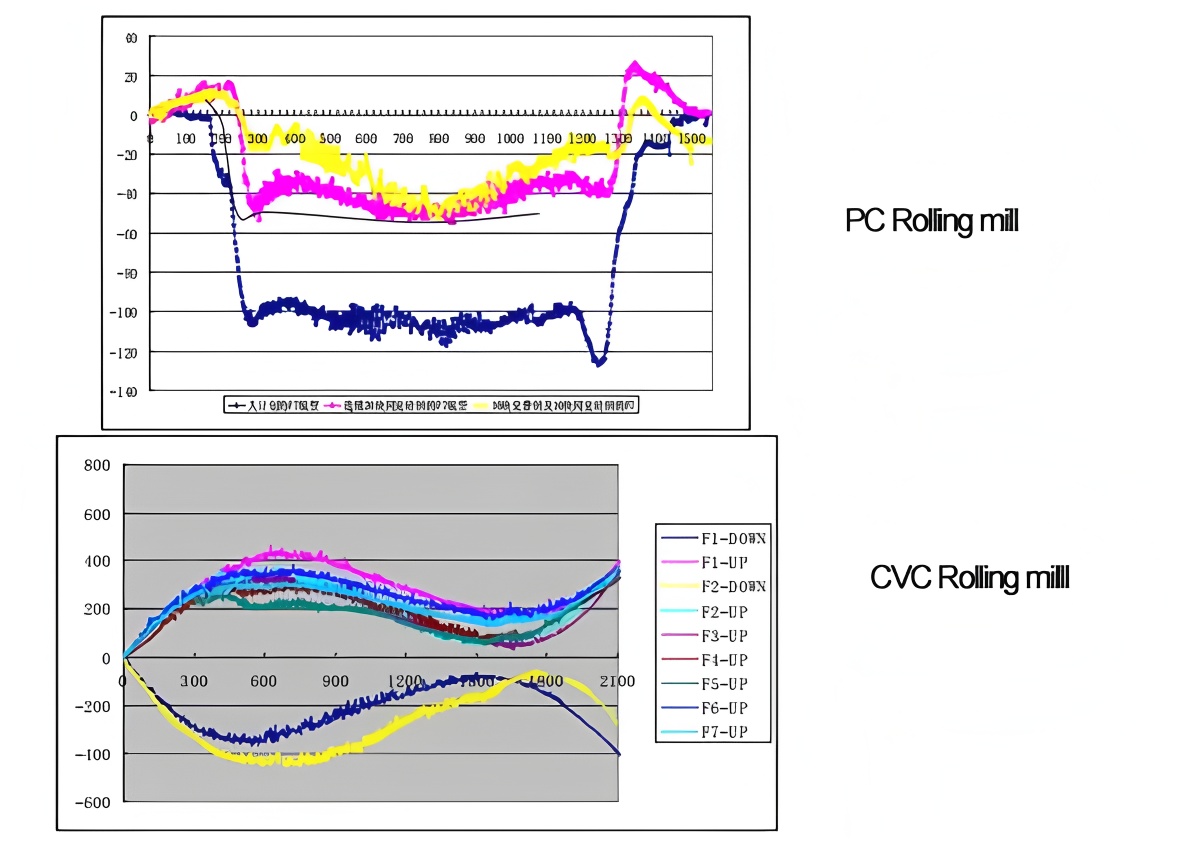

Detection Technology
Surface crack detection is an important means to avoid abnormal failure of high-speed steel work rolls. Surface cracks on high-speed steel work rolls are generally detected by surface wave method. Since the sound waves of different manufacturers, different materials, and different types of rolls have different degrees of attenuation, the roll surface needs to be divided into multiple areas for scanning based on the propagation distance of the sound waves. Perform axial and circumferential inspections simultaneously to confirm the distribution of cracks.
1. Detection and evaluation of surface cracks and internal defects of rolls
2. Detection and evaluation of roll oxide film
3. Roller temperature detection
4. Roll roughness measurement
5. Roller wear measurement
6. Roll structure inspection
7. Roll hardness measurement
8. Roll size detection

